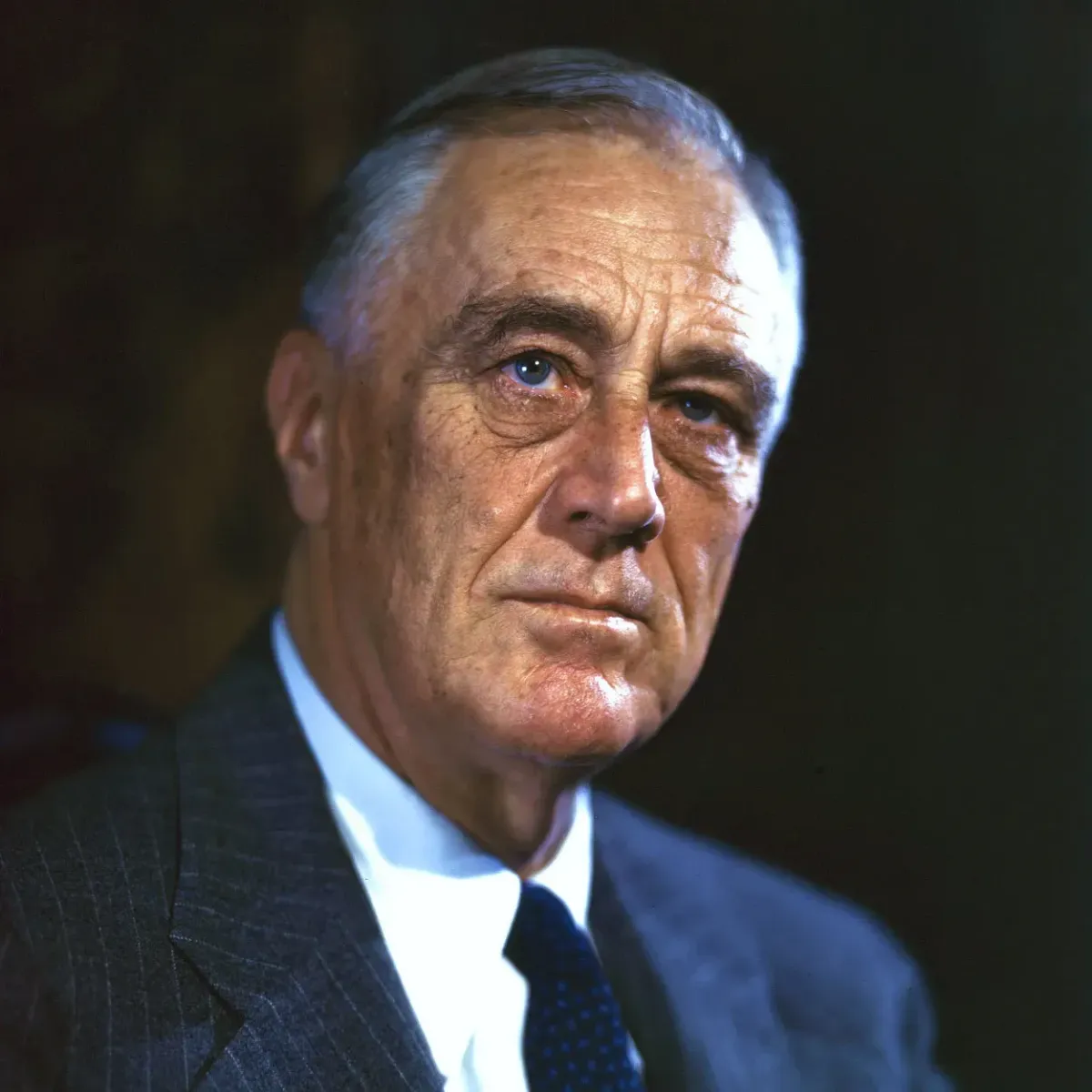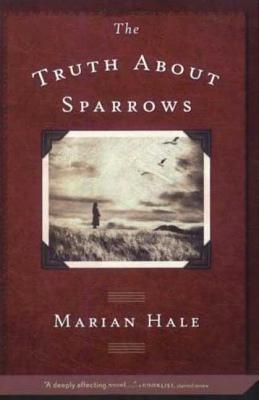Articles
Exploring History's Greatest Adventures throughout time!


Franklin D. Roosevelt: The President Who Led America Through Poverty and War
“True individual freedom cannot exist without economic security and independence. People who are hungry and out of a job are the stuff of which dictatorships are made.” - Franklin Delano Roosevelt
32nd President, March 4, 1933, to April 12, 1945
Franklin Delano Roosevelt, or FDR, was born on January 30, 1882, in Hyde Park, New York. He came from a rich and well-known family and spent a lot of time growing up on their big estate near the Hudson River. Even though he had a lot of money, FDR cared about other people and their problems, even from a young age.
After going to fancy schools like Harvard University and Columbia Law School, Roosevelt got into politics, just like his famous cousin, President Theodore Roosevelt. He became a state senator in New York and then worked for President Woodrow Wilson.
In 1932, during the Great Depression, FDR was elected as the 32nd President of the United States. He won by a landslide, promising a "New Deal" for the American people to combat the economic hardships of the time. He was re-elected three more times, the only president to have more than two terms. He served a total of 12 years during which time much happened in the nation and around the world.
FDR Delivers a New Deal
In 1932, when the country was in a really bad spot called the Great Depression, FDR became the 32nd President of the United States. He won by a lot, promising to help people with a "New Deal" to fix the tough economic times.
The Great Depression was a big problem when FDR became president. Lots of people didn't have jobs, businesses were struggling, and families were having a hard time. That's where the New Deal came in! It was a plan to help America get back on its feet. There were three main parts:
Relief Programs: These gave emergency help like food and jobs to people who needed it most.
Recovery Programs: These were about getting the economy back on track. They involved building things like roads and parks to create jobs.
Reform Programs: These made long-term changes to make sure another economic disaster wouldn't happen again. For example, they made laws to keep banks and the stock market in check.
One big part of the New Deal was Social Security, which helps older people who paid taxes all their lives to retire with some money every month.
When War Came to America
In the 1930s, totalitarian regimes rose to power in Germany, Italy, and Japan (called “Axis Powers”). In short, they are leaders who each wanted to conquer other countries so they could grow bigger. The British and French tried to make peace, but things kept getting worse. Then, on September 1, 1939, Germany invaded Poland, which made Britain and France finally say, "Enough is enough!" They declared war on Germany, and that's when World War II officially started.
FDR wanted to help the “Allies” (France and Britain), but many people in America didn't want to get involved in another war after World War I. FDR tried to support the Allies in different ways, like giving them weapons and supplies, without actually joining the fight. But as the war went on and the situation got worse, FDR knew that the United States couldn't stay out of it any longer.
Then, on December 7, 1941, a day that will live in infamy, Japan attacked the U.S. naval base at Pearl Harbor in Hawaii. This attack was a turning point. The United States officially entered World War II the next day, with FDR declaring war on Japan and, later, on Germany and Italy, who were allies of Japan.
FDR became a strong leader during the war, guiding the country through some really tough times. He worked hard to support the troops, boost the economy, and keep the American people united and hopeful. He even met with other world leaders to plan how to defeat the “Axis Powers” and create a lasting peace.
In the end, the Allies won the war, thanks to the bravery and sacrifice of millions of people around the world. And FDR played a big role in leading the United States to victory.
Iconic FDR
One of the most enduring images of FDR is his reassuring fireside chats, radio broadcasts where he spoke directly to the American people, providing hope and guidance during difficult times.
FDR contracted polio when he was age 39. His battle with polio shaped his character and influenced his political career in profound ways. It instilled in him a sense of empathy for those facing adversity and a determination to persevere despite challenges. His personal experience with disability also led him to become a champion for people with disabilities, advocating for greater accessibility and equal rights.
Despite his paralysis, Roosevelt successfully concealed the extent of his disability from the public during his presidency, relying on leg braces and a wheelchair to maintain the appearance of mobility. This demonstrated his resilience and determination to fulfill his duties as President of the United States.
Fun Facts:
FDR's wife, Eleanor Roosevelt, was a remarkable woman in her own right and became one of the most active First Ladies in history, championing civil rights, women's rights, and humanitarian causes.
Roosevelt's face appears on the U.S. dime, and his image is also featured on Mount Rushmore alongside other iconic American presidents.
Roosevelt was elected four times in total. That’s a record because no other president has served more than two terms. However, Roosevelt only served 3 full terms.
Legacy
Franklin D. Roosevelt's legacy is immense. His leadership during times of crisis helped shape the modern role of the federal government and left a lasting impact on American society. Sadly, FDR passed away in 1945 at the start of his fourth term and just months before the end of World War II. However, his legacy lives on through his policies, his inspirational leadership, and his enduring influence on American politics.
Recommended Reading
The Miner's Daughter by Gretchen Moran Laskas (ages 12 and up)

Sixteen-year-old Willa, living in a Depression-era West Virginia mining town, works hard to help her family, experiences love and friendship, and finds an outlet for her writing when her family becomes part of the Arthurdale, West Virginia, community supported by Eleanor Roosevelt.
The Truth about Sparrows by Marian Hale (ages 12 - 18)

Sadie Wynn doesn't want a new life; her old one suits her just fine. But times are hard in drought-plagued Missouri, and Daddy thinks they'll be better off in Texas. Sadie hates this strange new place, where even children must work at the cannery to help make ends meet and people are rude to her disabled father.
Yet when trouble comes, it is the kindness of these new neighbors that helps the family make it through. And no one helps more than Dollie, a red-headed chatterbox of a girl who just might become a good friend-if Sadie gives her half a chance.
No Promises in the Wind by Irene Hunt (ages 12 - 17)

In 1932, American's dreams were simple: a job, food to eat, a place to sleep, and shoes without holes. But for millions of people these simple needs were nothing more than dreams. At fifteen years of age, Josh has to make his own way through a country of angry and frightened people. This is the story of a young man's struggle to find a life for himself in the most turbulent of times.
Franklin D Roosevelt Word Search Puzzle
Download and print this Free word search puzzle to accompany the article as a learning tool.
© 2023. Historic Books for Kids - All Rights Reserved
Reading Pennsylvania, USA
